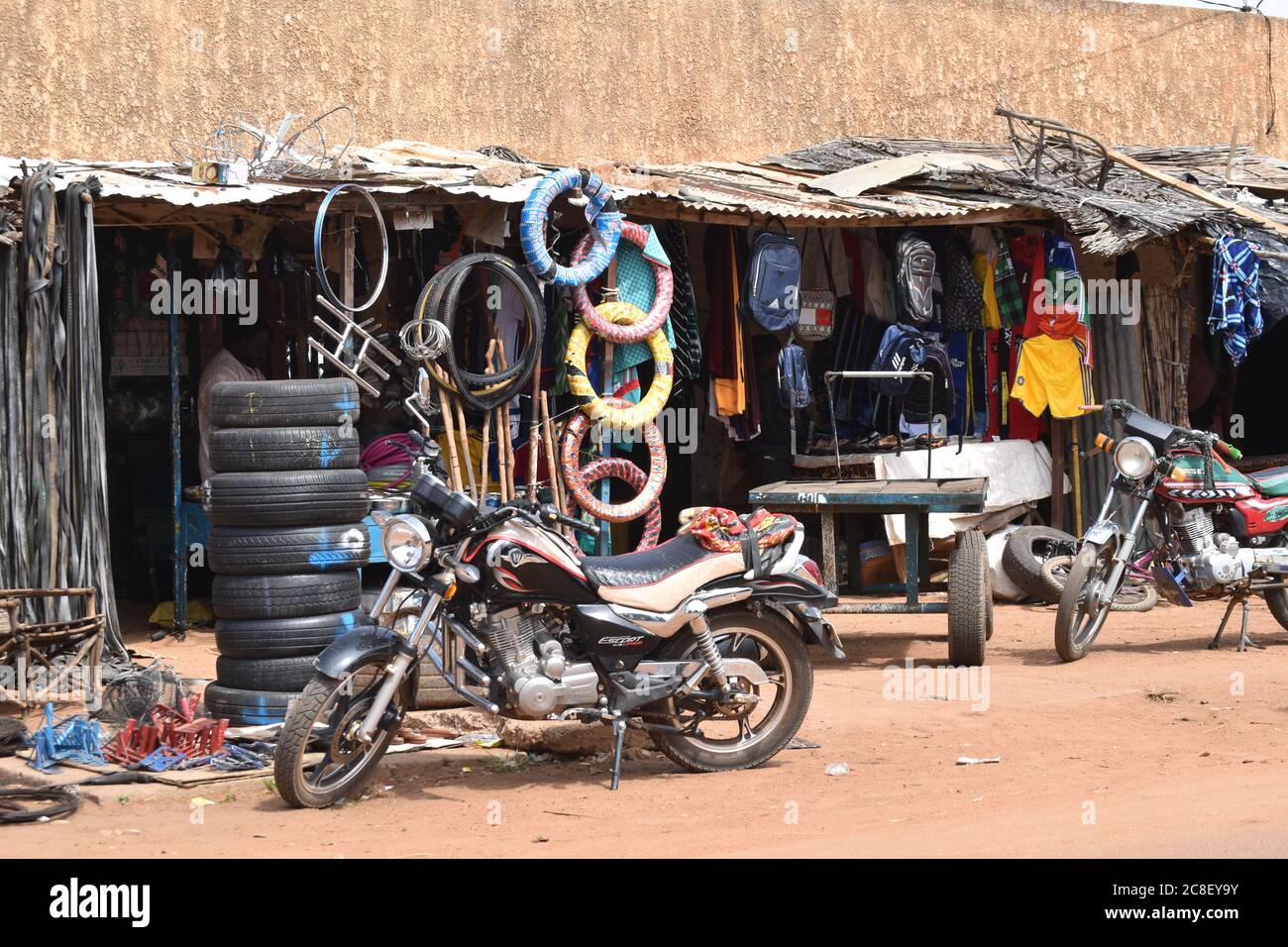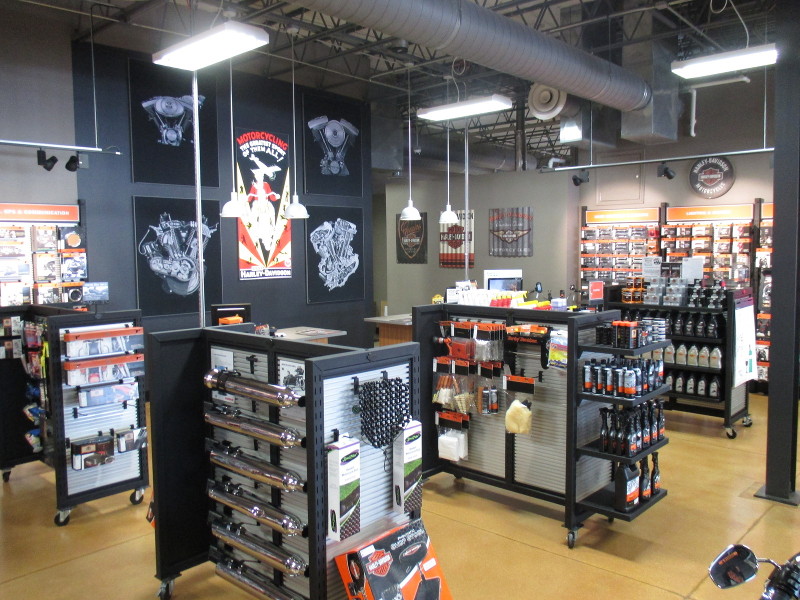Essential Motorcycle Parts NZ for Peak Performance and Safety
Essential Motorcycle Parts NZ for Peak Performance and Safety
Blog Article
A Thorough Appearance at Motorbike Parts: What Every Biker Ought To Know
A detailed understanding of bike parts is not simply helpful however critical for any rider aiming to take full advantage of efficiency and security. Each component, from the engine's detailed operations to the dependability of brake systems, plays a pivotal function in the total experience and performance of the bike. Beyond just recognizing what these parts do, it is crucial to value exactly how they support and connect one an additional. This interconnectedness can make the distinction in between a smooth trip and unforeseen difficulties. What ins and outs lie within this mechanical symphony that every rider should master?
Recognizing the Engine
The engine, frequently considered the heart of a bike, is a complex setting up of parts that function in harmony to convert fuel into motion. At its core, the engine's key function entails the burning process, where air and gas mix and ignite within the cylinders, causing regulated surges that drive the pistons. These pistons move up and down, transforming chemical energy into power, which ultimately turns the crankshaft, inevitably powering the bike.

Understanding the complexities of a motorcycle engine is essential for lovers and bikers alike. It not only supplies insight right into how bikes attain their remarkable power and speed but also help in effective upkeep and troubleshooting, making certain durability and integrity when driving.
Suspension Solutions
While the engine powers the motorcycle, the suspension system plays a crucial duty in guaranteeing a controlled and smooth adventure. The suspension system is responsible for soaking up shocks from the roadway surface area, preserving tire contact, and supplying stability throughout cornering and stopping. It consists of two primary components: the front forks and the rear shock absorbers.
Front forks are typically telescopic, containing a springtime and moistening system. The spring prolongs and presses to soak up bumps, while the dampening device controls the motion to protect against excessive bouncing. This mix ensures the front wheel stays touching the roadway, using remarkable handling and comfort.
The rear suspension, usually a monoshock or twin-shock arrangement, works similarly to the front suspension yet is tailored to support the motorbike's weight and cyclist - moto parts nz. It takes care of back wheel activity, adding to the bike's general balance and responsiveness
Shock absorber can be flexible, permitting motorcyclists to fine-tune preload, compression, and rebound settings according to individual choices and riding problems. This adjustability improves performance by maximizing the motorbike's interaction with diverse surfaces. In recap, an efficient suspension system is crucial for biker convenience, safety and security, and the motorcycle's dealing with prowess.
Brake Elements
Stopping power is a basic aspect of motorcycle safety and security, and it depends street bike riding boots upon the effectiveness of the brake components. The primary aspects of a motorcycle's stopping system consist of the brake pads, calipers, rotors, and master cyndrical tube. motorcycle shop. Each of these parts plays an important duty in guaranteeing effective stopping efficiency
Brake pads are necessary as they create the essential rubbing versus the rotors to reduce or stop the bike. Built from materials such as sintered metal or natural composites, the selection of brake pad product dramatically affects efficiency and longevity. Calipers, housing the brake pads, apply stress to the pads when the brake lever is involved, helping with call with the rotors.
The blades, usually made from stainless steel or actors iron, are mounted to the wheels and function as the surface against which the brake pads press. Their design, consisting of diameter and thickness, impacts warmth dissipation and stopping power. The master cyndrical tube, attached to the brake lever, produces hydraulic pressure transmitted with brake lines to the calipers, making certain regular braking pressure.
Regular maintenance and evaluation of these components are important for ideal efficiency, protecting against wear and guaranteeing cyclist safety and security when traveling.
Tire Basics
Beyond keeping robust stopping systems, ensuring ideal tire efficiency is just as significant for bike security and effectiveness. Tires are the sole get in touch with factor between the bike and the roadway, making their problem essential in dealing with, stability, Going Here and general adventure top quality.

Check the sidewall for the DOT (Division of Transport) code to ascertain the tire's age. Investing focus in these tire basics not only optimizes efficiency however likewise significantly enhances riding safety.
Electric Systems
In the realm of motorbike upkeep, the electrical system plays a crucial function in guaranteeing reputable performance and motorcyclist safety. This detailed network incorporates important parts such as the battery, alternator, starter motor, and wiring harness. Each element is essential for the smooth procedure of the bike, from ignition to lights and interaction with various sensing units.
The battery functions as the heart of the electrical system, giving the needed power to start the engine and operate devices. On a regular basis inspecting the battery's official statement voltage and terminals for deterioration is crucial to stop unanticipated failings. The alternator, on the various other hand, charges the battery while the engine is running, making sure a continuous power supply.
The starter electric motor is accountable for starting engine operation, transforming electrical energy right into power. To keep it, cyclists should focus on any kind of unusual noises or problems during start-up. The electrical wiring harness serves as the vehicle's nervous system, connecting all electrical elements. Making sure that the cables are undamaged and complimentary from damages is essential for protecting against short circuits and making sure capability.
Verdict

Quiting power is a fundamental aspect of motorbike safety, and it hinges on the effectiveness of the brake elements. The main components of a motorcycle's braking system include the brake pads, calipers, blades, and master cyndrical tube.Brake pads are necessary as they produce the essential rubbing against the blades to reduce down or quit the motorbike.Beyond maintaining robust stopping systems, making certain optimal tire efficiency is equally considerable for bike safety and effectiveness.In the world of motorcycle maintenance, the electric system plays a vital function in making certain dependable efficiency and motorcyclist safety.
Report this page